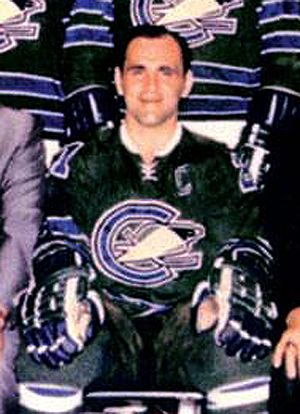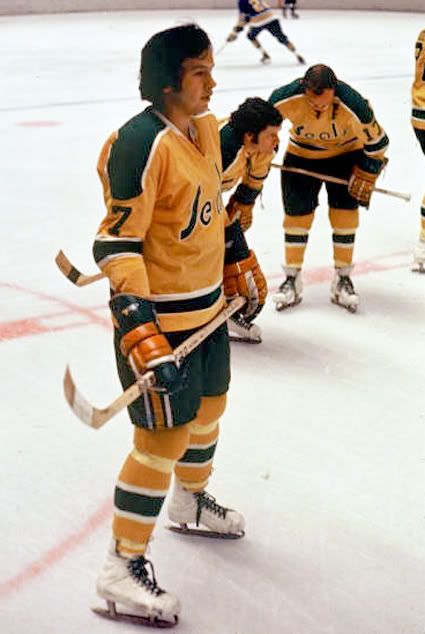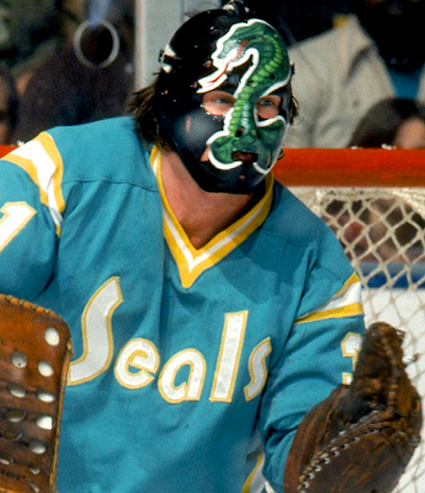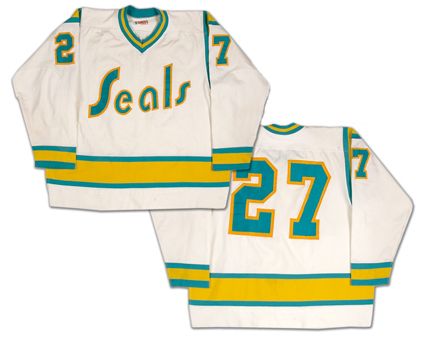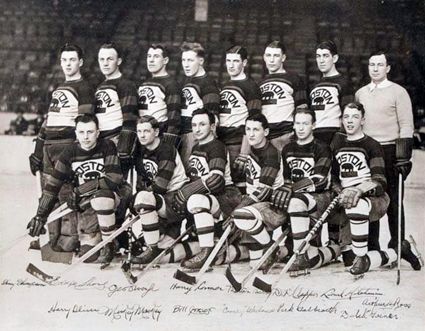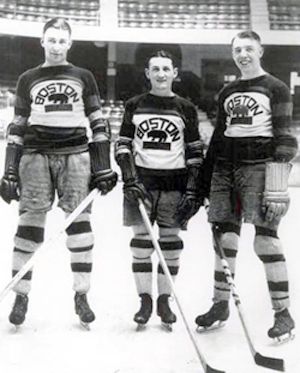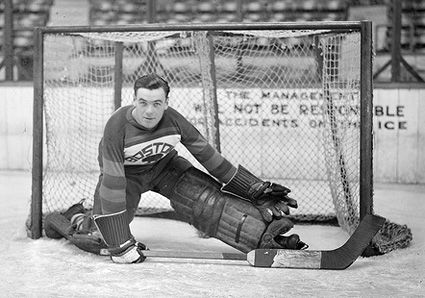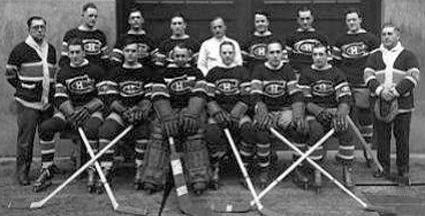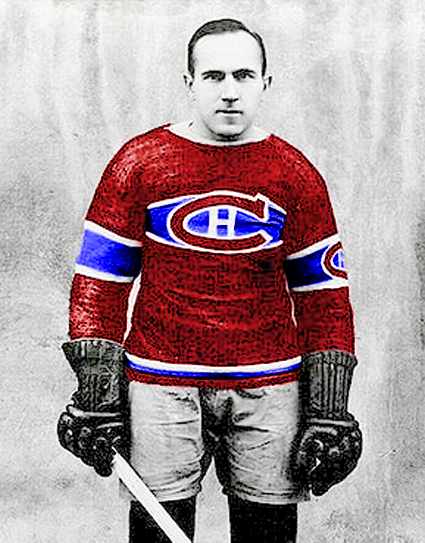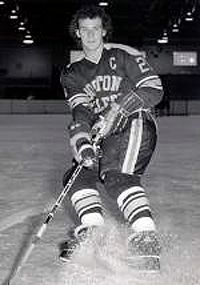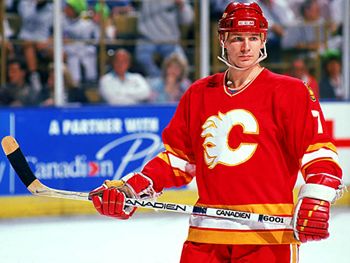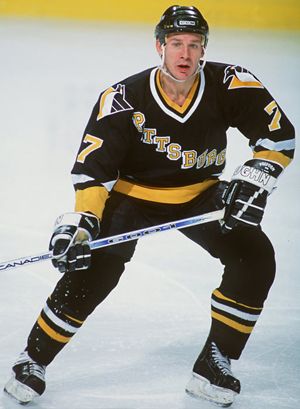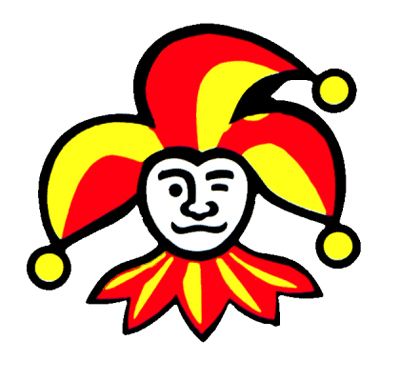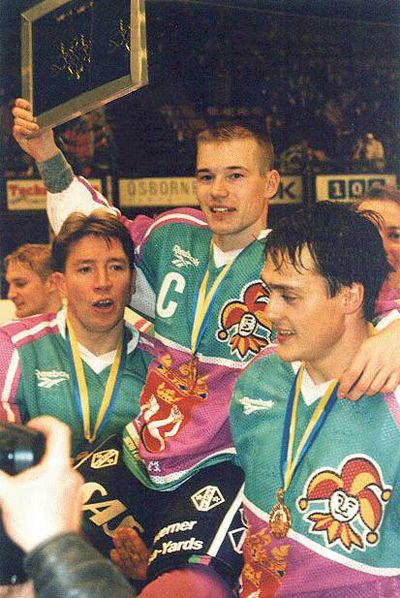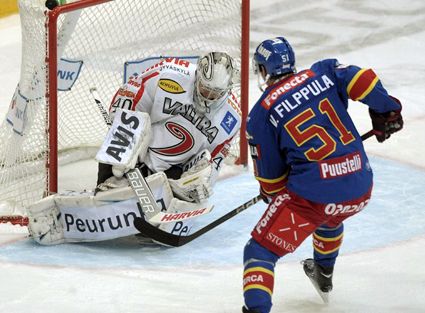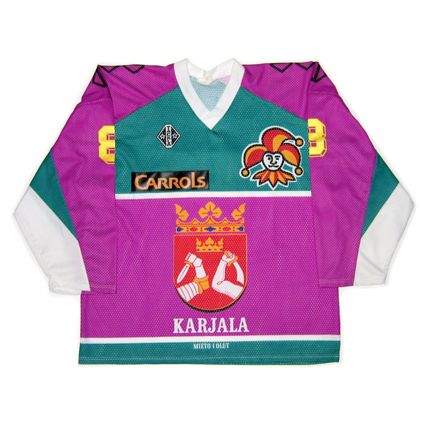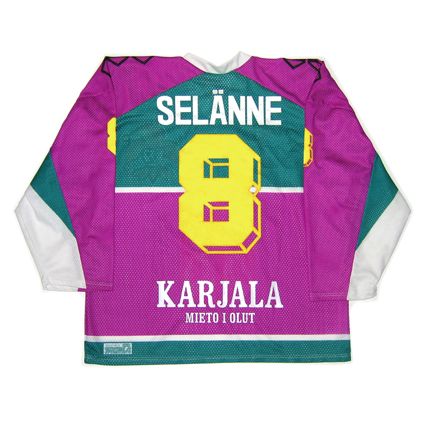The 1929-30 NHL season was played out over a 44 game schedule among it's 10 member clubs. In order to combat the low scoring which had plagued the league the previous season, highlighted by the Montreal Canadiens
George Hainsworth's 22 shutouts in 44 games played and the top five goaltenders all having a goals against average of under 1.50 per game, new rules were put into effect which now allowed forward passing in all three zones of the ice, where it had been previously allowed in only the defensive and neutral zones.
The impact on the game was immediate and dramatic, as the Boston Bruins Cooney Weiland set a new league record in scoring with 43 goals and 73 points, whereas the previous season's top scorer was the Toronto Maple Leafs Ace Bailey with 22 goals and 32 total points.
Bailey's 32 points would not have even had gotten him anywhere near the top 10 in scoring in 1929-30, as eight players all had 50 or more points under the new, open style of play which resulted in the number goals scored nearly tripling. The abuse of the new rules was so rampant that a mid-season adjustment to the rules introduced the offside rule to prevent players from camping out next to the opponent's goal.
The Bruins, led by future Hockey Hall of Famers Weiland and Dit Clapper (41 goals and 61 points), both who finished above the previous scoring record of 53 points by the Canadiens Howie Morenz.
The defending champion Boston Bruins in particular thrived in the new NHL, winning their first four games, three of which were on the road. They were soundly defeated by the Montreal Maroons 6-1 but bounced back with a win over the Pittsburgh Pirates to finish November 5-1.
The record setting 1929-30 Boston Bruins
December began with a 3-1 loss to the Chicago Black Hawks before they tore through the remainder of 1929 undefeated. 1930 began with four more wins to push their winning streak to 14 games before a 3-2 loss at the New York Americans on January 12th. Again a loss was followed with a win over the Ottawa Senators in the Bruins next game, giving them their 20th win out of 23 games played.
Chicago defeated the Bruins for the second time on January 16th by a narrow 2-1 margin, but Boston was again on the march, winning their next five in a row before their only tie of the season, a 3-3 affair in Madison Square Garden against the New York Rangers.
11 more wins would see them finish February undefeated and extend their unbeaten streak to 17 games, as their record climbed to 36-4-1.
The Black Hawks put a halt to the Bruins steamroller with a 3-2 overtime win on March 13, but Boston again responded with a pair of wins to finish the regular season at 38-5-1, setting records for Highest Winning Percentage (.875) Most Wins in a Season (38), Fewest Losses (5), Fewest Ties (1), Longest Winning Streak (14), Longest Home Winning Streak (20), Most Goals (179), Most Goals by a Line (102 by Weiland, Clapper and Chuck Gainor) and Most Points by Player (73 by Weiland). Of those records, their Highest Winning Percentage, Fewest Losses and Fewest Ties still stand as the record, while their 14 game winning streak is still the third longest in NHL history and their 20 game home winning streak still ranks second.
The Dynamite Line of Clapper, Weiland and Gainor
In addition to their explosive scoring exploits, Tiny Thompson's 98 goals allowed in 44 games of the new look NHL won him the Vezina Trophy for the fewest goals allowed, as Boston was the only club to allow less than 100 over the course of the season, 13 better than Chicago's 111. The Bruins defense was anchored by the legendary Eddie Shore, who would be joined in the Hockey Hall of Fame by Thompson and center Marty Barry, giving the Bruins five eventual hall of famers.
Vezina Trophy winning Tiny Thompson of the Bruins
While the Bruins were cruising to the American Division title, the Montreal Maroons won the Canadian Division thanks to their 23 wins, which were two more than the Canadiens 21 wins, as the two inhabitants of the Montreal Forum were tied on 51 points.
Some of the early postseason formats are real head scratchers for today's fans, and the format in 1929-30 was certainly one of those. The playoffs began with the quarterfinals, which pitted the second place teams from the Canadian and American Divisions against each other in a two-game, total goals series, with the winner taking on the victor between the two third place teams in the semifinals.
The end result was that the Canadiens (51 points) defeated the Black Hawks (47 points) in Game 1 by a score of 1-0 prior to a 2-2 tie in Game 2 to give the Canadiens the series 3 goals to 2. They then advanced to the semifinals to take on the Rangers (44 points), who defeated Ottawa (50 points) following scores of 1-1 and 5-2.
The next round was a change in format, as the clubs would now play a best-of-three format. The Canadiens took Game 1 by a score of 2-1 after a lengthy overtime struggle that went into a fourth overtime, more than doubling the length of a normal game. At the time, it was the longest game on record and still ranks 8th on the all-time list. The Canadiens then earned a berth in the Stanley Cup Finals with a 2-0 whitewash of the Rangers in New York.
Meanwhile, the unusual playoff format decreed a first round bye for both division winners, Boston and the Maroons, who were forced to meet in a semifinal series, with the winner advancing to the finals to take on the survivor of he four teams who placed second and third in the two divisions who were required to play an additional round of competition.
In their semifinal series, the Bruins won Game 1 in overtime 2-1 in the third overtime in Montreal, followed by a 4-2 win to sweep the two games at the Forum. The Maroons staved off elimination by a 1-0 double overtime win back in Boston, but the Bruins made their superiority clear with a 5-1 win to clinch the series and advance to the finals against the Canadiens.
The finals was also a best-of-three affair, which favored the dominant Bruins, who had taken all four of their previous meetings with the Canadiens during the regular season. However... the Canadiens shocked the Bruins in Boston by capturing Game 1 with a 3-0 shutout thanks to the goaltending of Hainsworth.
Then the unthinkable happened. Bert McCaffrey and Nick Wasnie scored in the first period for Montreal, as did Shore for the Bruins. Montreal then pulled out to a 4-1 margin after two as Sylvio Mantha and Morenz added to the Canadiens lead.
The proud Bruins then fought back with a pair of goals early in the third period, but Hainsworth held them at bay for the remainder of the game to give Montreal a 4-3 win as the Bruins lost consecutive games for the first time all season as the Canadiens pulled off the stunning upset to capture the Stanley Cup on this day in 1930, the third in franchise history.
The 1930 Stanley Cup champion Montreal Canadiens
The Canadiens playoff scoring was spread out evenly between Wasnie and Pit Lepine (2 goals and 2 assist) and Albert Leduc (1 goal and 3 assist), all with 4 points and Morenz, who led the team in goals with 3, tied in points with Mantha (2 goals and 1 assist) with 3.
Morenz led the victorious Canadiens in regular season scoring with 40 goals and 50 points with Lepine's 33 and Aurel Joliat's 31 following far behind.
Today's featured jersey is a 1929-30 Montreal Canadiens Howie Morenz jersey. The Canadiens had adopted the red sweaters with the blue band across the chest first in 1912-13 as an alternate to avoid a clash between their current barberpole style sweaters and the similarly multi-stiped ones of the Senators. A refined version became their full time sweater for the 1913-14 season, only with an "A" for "Athletique" contained inside the "C".
The "A" was replaced by an "H" for "Hockey" in 1916-17 prior to the formation of the NHL the following season. There were minor detail changes along the way, but for the 1924-25 season a celebratory globe commemorated their World Championship as the main crest, with the now familiar "CH" logo being moved to the sleeve stripes.
When the "CH" crest return to the chest for the 1925-26 season, the logo also remained on the left sleeve only, and when the blue, white and red collar, make that "bleu, blanc et rouge", changed to white in 1927-28 the sweaters worn in the Canadiens upset of the Bruins had arrived.







